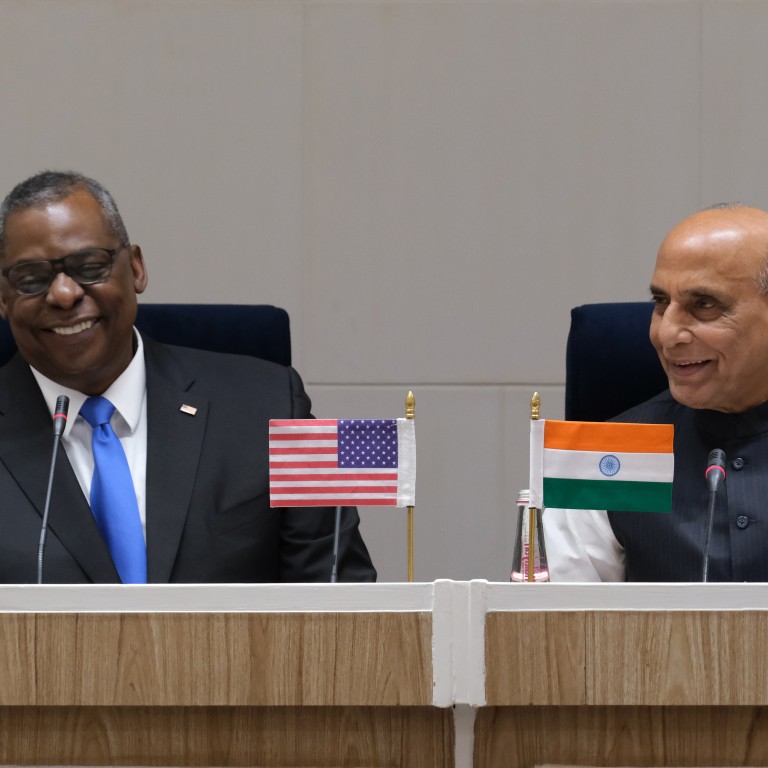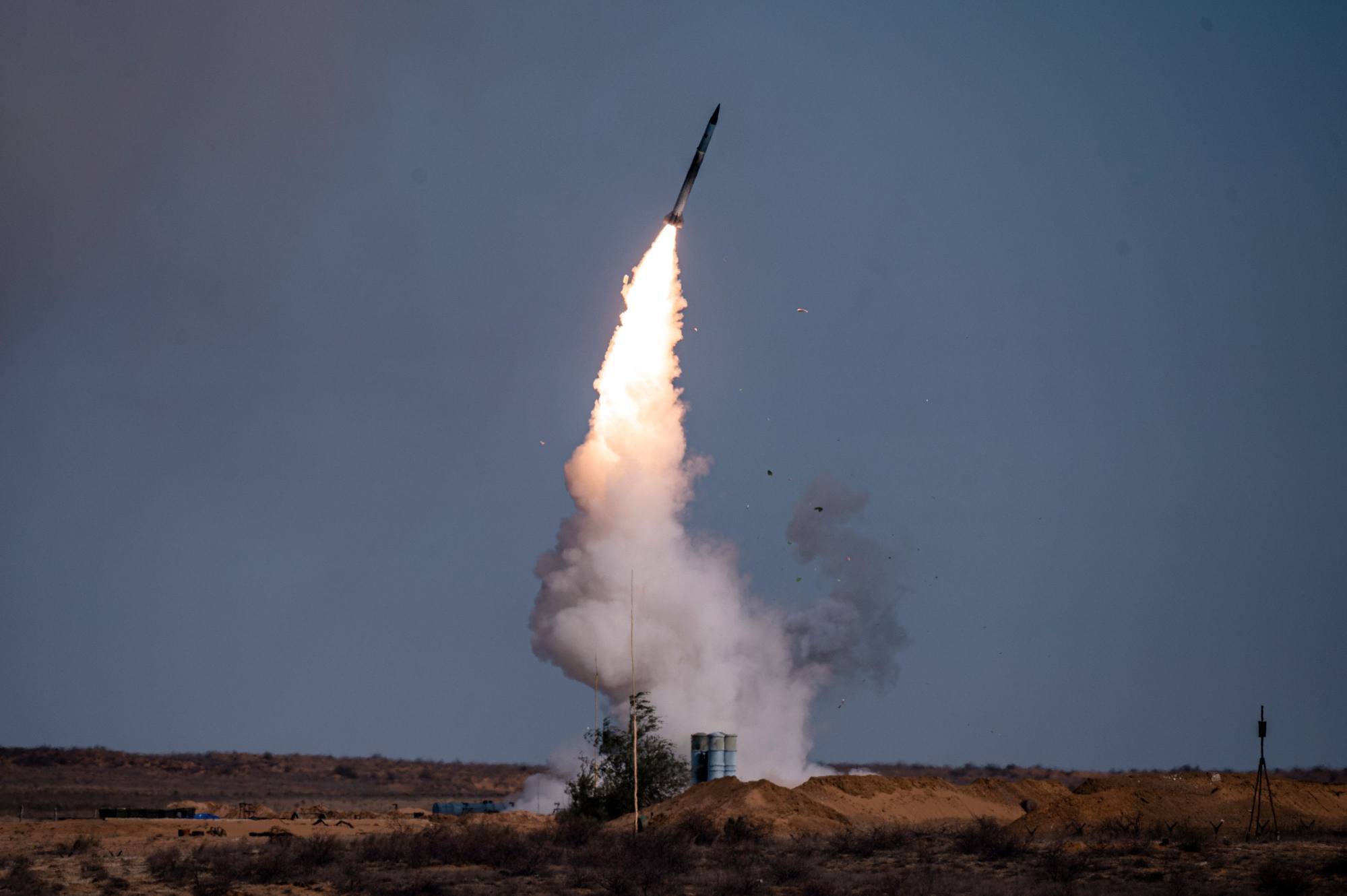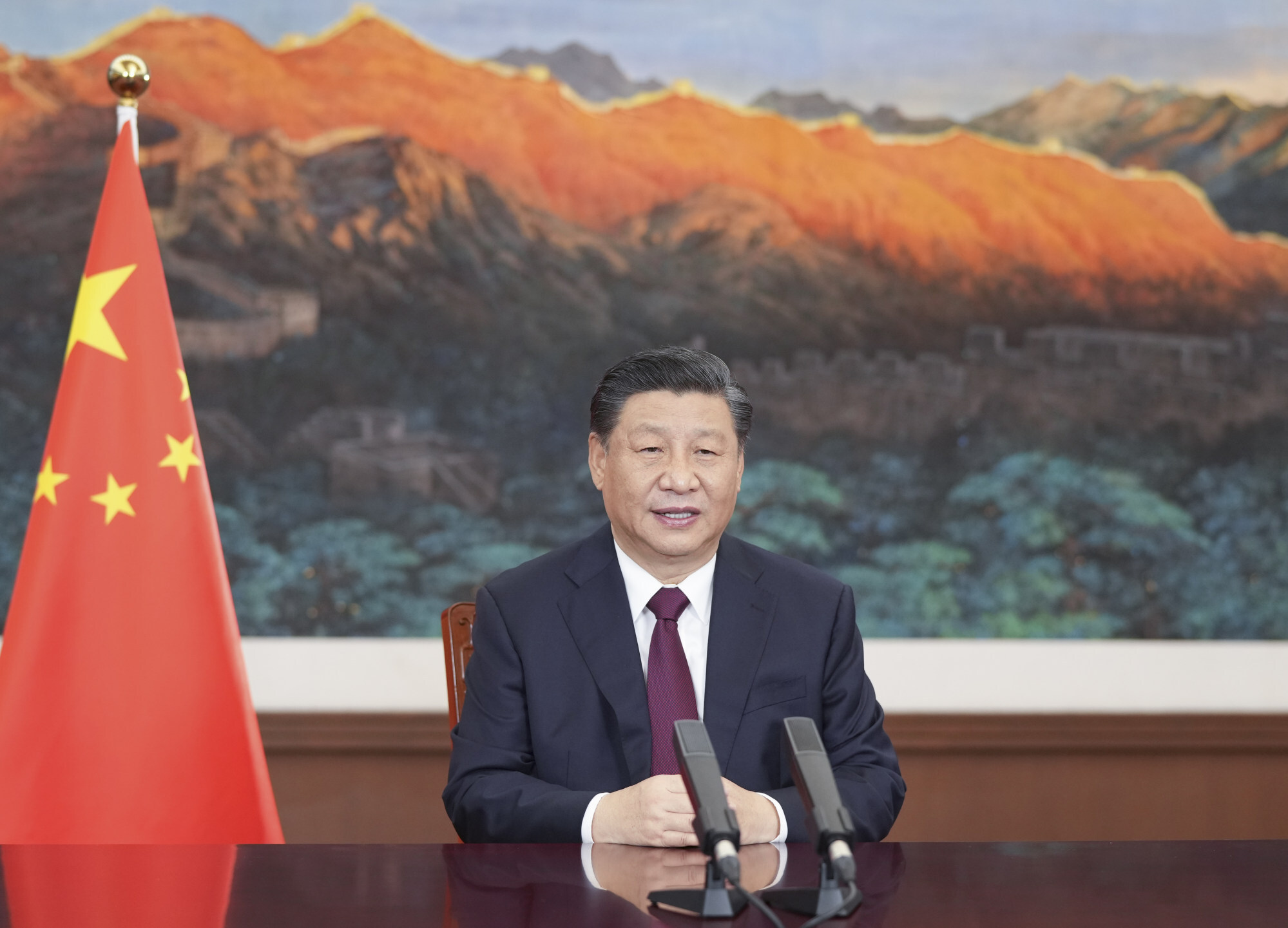
Russia could upset India’s US-China balancing act
- New Delhi’s increased defence engagement with Washington risks upsetting Moscow, its longtime arms supplier
- Relations with Beijing, meanwhile, face a ‘complete re-set’ amid rising tensions, according to a former diplomat
Since 2016, the US has designated India a “major defence partner”, with the two going on to sign three wide-ranging agreements that allow for greater defence interoperability, as well as Delhi’s procurement of high-end American weapons technology.

Pradeep Kaushiva, a retired vice-admiral of the Indian navy, said Washington’s decision to send Austin as the Biden administration’s “introductory” cabinet-level contact was also important symbolically, as “this indicates the restoration of the primacy and heft of defence cooperation in the [bilateral] relationship.”
India receives US defence secretary with China on its mind
But the two nation’s growing closeness has raised eyebrows in Russia, which expects India “not to become a vassal of the US”, according to Alexey Kupriyanov of the Institute of World Economy and International Relations in Moscow.
“Great powers do not allow themselves to be dictated to [and told] from where to buy weapons and with whom to be friends,” he said, a veiled reference to 2017’s Countering America’s Adversaries Through Sanctions Act and other pieces of US legislation targeting Russia, among others, for sanctions.

Russia has not offered an official response to Austin’s Delhi visit, but Kupriyanov said Moscow was confident that India would not bow to pressure from outside forces and instead pursue its own national interests.
Moscow’s defence ties with Delhi date back decades, and by some estimates Russian imports now account for more than 65 per cent of India’s military hardware and supplies. In 2018, the two signed a US$5.5 billion deal for five Russian S-400 Triumf air defence systems, the first of which is scheduled to arrive in India later this year.
Yet in recent years the US has also gained a widening foothold in India’s defence market – the third-largest in the world – supplying Delhi with some US$18 billion worth of military equipment since 2001.
We don’t have to balance Moscow and Washington as our ties with the US are far wider in scope
Sibal, who served as India’s ambassador to Russia from 2004 to 2007 in addition to being a former foreign secretary, said it was “crucial” for Delhi to maintain ties with Moscow “so as not to become more and more vulnerable to US demands and pressure”.
Washington would “be doing disservice to itself” if it sanctioned Delhi for maintaining those ties, he said, as “India will become more reticent about US [arms] purchases” in future.
“We don’t have to balance Moscow and Washington as our ties with the US are far wider in scope and our future growth can be fuelled more by the US than Russia,” Sibal said.
Will India embrace the Quad amid border row with China and vaccine diplomacy push?
“Through its military aggression, China has clearly conveyed to us the kind of relationship it desires with India,” said Gautam Bambawale, who served as India’s ambassador to China from 2017 to 2018.
“China clearly believes it is more powerful than India and can undertake military coercion on the border, while the rest of the relationship – particularly in the economic field – should stay the same.”

“He will have to be given a cold reception,” Sibal said. “A show of BRICS solidarity will seem artificial as our relations with China has nosedived.”
For Bambawale, “if the border is not peaceful, the rest of the relationship will be negatively affected”. “The India-China relationship is set to deteriorate, become even more competitive,” he said, adding that a “complete re-set” in ties was already under way.
Why France is flexing its muscles in the South China Sea

